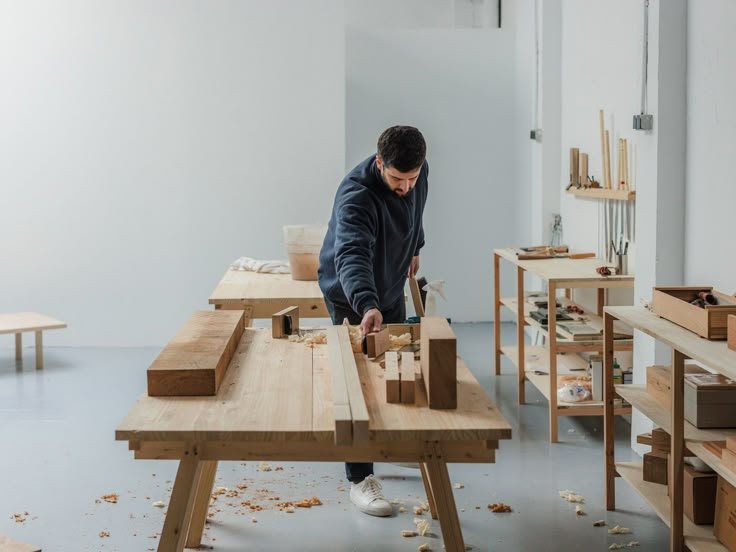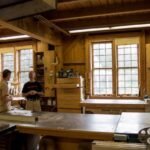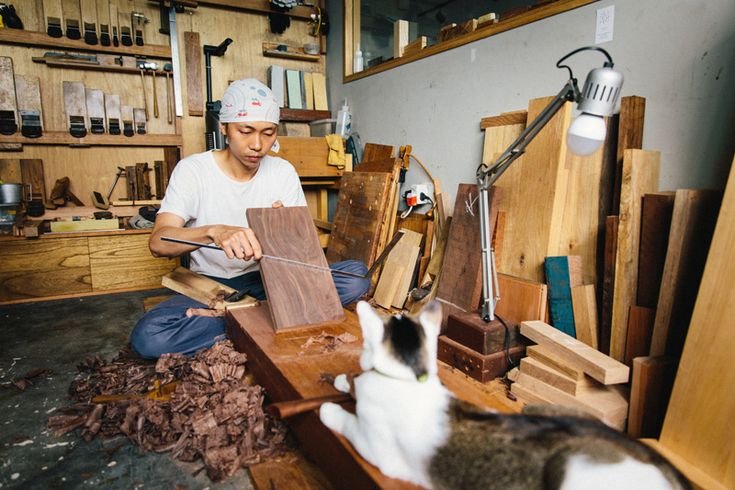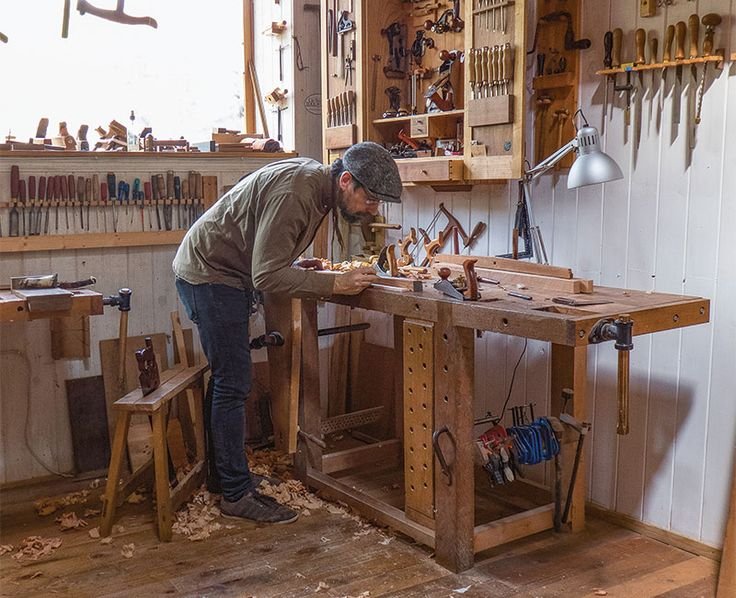The Old Workbench: A Love-Hate Relationship
So, here I am, sitting at my kitchen table with my coffee — you know, the good stuff that’s brewed just right. The morning sun’s barely peeking through the window, and I’m thinking about my workbench out in the garage, the heart and soul of my woodworking adventures. Or, more accurately, my misadventures, ha!
I built that bench a few years back, and let me tell you, it wasn’t exactly smooth sailing. I mean, part of me thought I could whip it up in a weekend, but here’s the kicker: I didn’t have a plan. I went at it like a kid in a candy store, all giddy and no clue. I’d seen a couple videos online, of course—a few guys hammering away, making it seem so easy, but here’s what they don’t show you: the frustrations, the mistakes, the wood that just won’t cooperate.
The First Misstep: Selecting the Right Wood
Now, I remember going to the local lumberyard, inhaling that distinct smell of fresh-cut pine. It just gets to me every time! I remember walking past oak and maple, thinking, “Nah, I’ll just get this cheap pine.” Huge mistake. I figured, “It’s all the same, right?” Oh boy, was I wrong. That pine warped and twisted like a pretzel in the heat. And I almost gave up when I realized my perfectly squared corners looked more like an abstract art piece than a bench.
The Great Glue Disaster
So, it wasn’t just the wood; there was also the glue. I had this great deal on Titebond II, and I felt like a pro. But for some reason, I decided that squeezing out half the bottle on the joints was the way to go. I thought, “More glue means better hold!” Nope. That stuff oozed out, creating this sticky mess on the outside that, well, let’s just say I’ve never won any excessive glue contests.
And when I started clamping everything together, I swear I was wrestling an alligator. There I was, trying to tuck the glue back in and cursing under my breath. I laughed when I actually got two clamps to work, but then spent the next two hours cleaning up that sticky nightmare. My wife came out and shook her head, laughing, “What did you expect? You’ve got glue everywhere!”
Learning the Hard Way
Fitting the vices was a whole other ball game. I thought, “I need that quick-release one — the fancy kind!” Turns out, that fancy quick-release had a dozen parts, most of which ended up scattered across my garage floor. You know that feeling when you read the instructions and think, “This can’t be that complicated”? Well, let me tell you, it can be. After two evenings of frustration, I finally just said, “Forget it!” and settled for a simple bench vise that, surprisingly, has held up better than I expected.
The Sound of Success (and Frustration)
The first time I managed to get some decent cuts on that bench, man, you would’ve thought I won the lottery. The sound of the saw slicing through wood and the smell of sawdust drifting through the garage brought this strange satisfaction. There’s just something about the rawness of wood and the tools working in unison that tugs at your soul. But more often than not, I also heard a lot of banging and the occasional “No! What are you doing?” echoing through the air while I battled stubborn knots in the wood.
The funny thing? Once that bench was finally done, I loved every quirk about it — even the imperfect corners and the splattered glue. It was a reflection of everything I had tried to learn. It wasn’t just a place to set my tools; it was a reminder of the time spent laughing at failures and figuring things out. I’ve even got a few old coffee stains on there that remind me of late-night projects and long conversations with a buddy about our investments in tools—only to find out he didn’t even have a decent hammer!
Still Learning Every Day
I still make mistakes. Recently, I tried to cut some oak for a side table, thinking I’d use the old saw again — maybe I was feeling a bit too cocky. Well, that didn’t end well. The oak’s dense and unforgiving, and let’s just say my cuts started looking less like straight lines and more like… well, abstract art again.
But you learn, right? I figured out that sometimes stepping into the unknown is part of the process, and the mistakes are where the real lessons lie. There’s a trick to accepting that a project won’t turn out perfectly and just rolling with it.
A Warm Conclusion
So here’s the thing: if you’ve got a project in mind or just a head full of ideas, just go for it. You’ll mess up, you’ll feel frustrated, and you might even laugh at how ridiculous it can get. But over time, you’ll find your groove — and that workbench, it becomes more than just wood and glue. It becomes a place where memories are made, and stories are shared. If someone had told me all this before I started, well, I’d have probably just nodded. But really, it’s all those bumps that make it worthwhile.
So grab that coffee, step into your garage, and don’t hold back. If I can do it, trust me, you can too.









